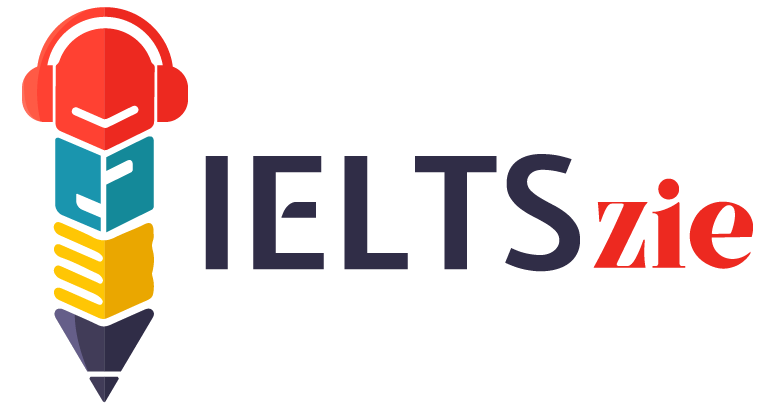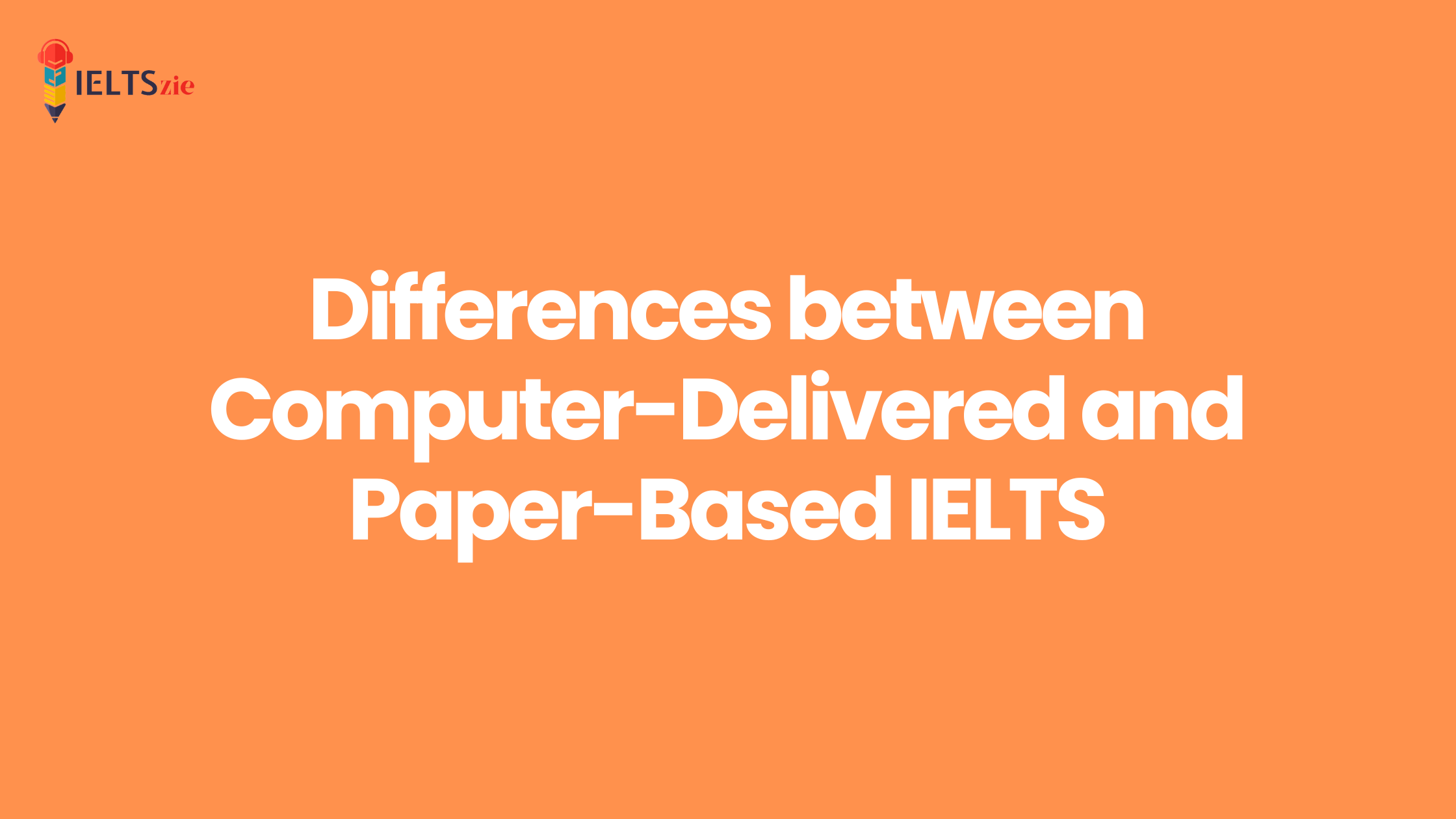The International English Language Testing System (IELTS) is a standardized exam that assesses your English language proficiency.
No matter if you choose to take the computer-delivered or paper-based version of the test, they can have a significant impact on your experience.
Here are the top 10 differences between computer-delivered and paper-based IELTS to help you make an informed decision.
| Factors | Computer-Delivered IELTS | Paper-Based IELTS |
| Test Format | The entire test is conducted on a computer, including the writing and speaking sections. | Test components, such as listening and reading, are conducted on paper. |
| Typing Skills | Requires basic typing skills for the writing section, making it beneficial for those comfortable with a keyboard. | Handwriting skills are essential for all sections, which can be challenging for some test-takers. |
| Speaking Test | The speaking test is recorded and conducted via a computer with a headset and microphone. | The speaking test is conducted in person with the presence of an examiner. |
| Results and Feedback | Results for the computer-delivered IELTS are usually available in 3-5 days, along with detailed feedback on each section. | Results and feedback are typically available within 13 days, and feedback is less detailed than the computer-delivered version. |
| Listening Section | In the computer-delivered version, listening questions are presented via headphones, allowing for a controlled audio environment. | In the paper-based version, test-takers listen to audio recordings through speakers, which may make it more challenging to concentrate. |
| Question Review | The computer version allows test-takers to review and change answers during the test. | In the paper-based version, once a section is completed, you cannot go back to review or change answers. |
| Test Availability | Computer-delivered IELTS is available more frequently and provides multiple test sessions per day. | Paper-based IELTS is offered on specific dates and may have limited availability, especially in remote areas. |
| Environment Control | Test-takers can control their test environment, including screen brightness and volume. | The test environment, such as lighting and seating, may vary depending on the test center. |
| Test Navigation | Computer-delivered IELTS provides a user-friendlyinterface that allows easy navigation betweensections and questions. | In the paper-based version, you need to flip pages in the test booklet, which can be less convenient. |
| Cancellation Policy | The computer-delivered IELTS may offer more flexibility in rescheduling or cancelling tests. | The paper-based version might have stricter cancellation policies and fees for changes. |
The Final Note
These differences between computer-delivered and paper-based IELTS can significantly impact your test-taking experience.
Therefore, it is important to consider your personal preferences, strengths and comfort when choosing between the two formats.
Whether you choose the computer-delivered or paper-based IELTS version, it assesses your english language proficiency accurately. Your choice mainly depends upon your individual testing needs and capabilities


0 Comments